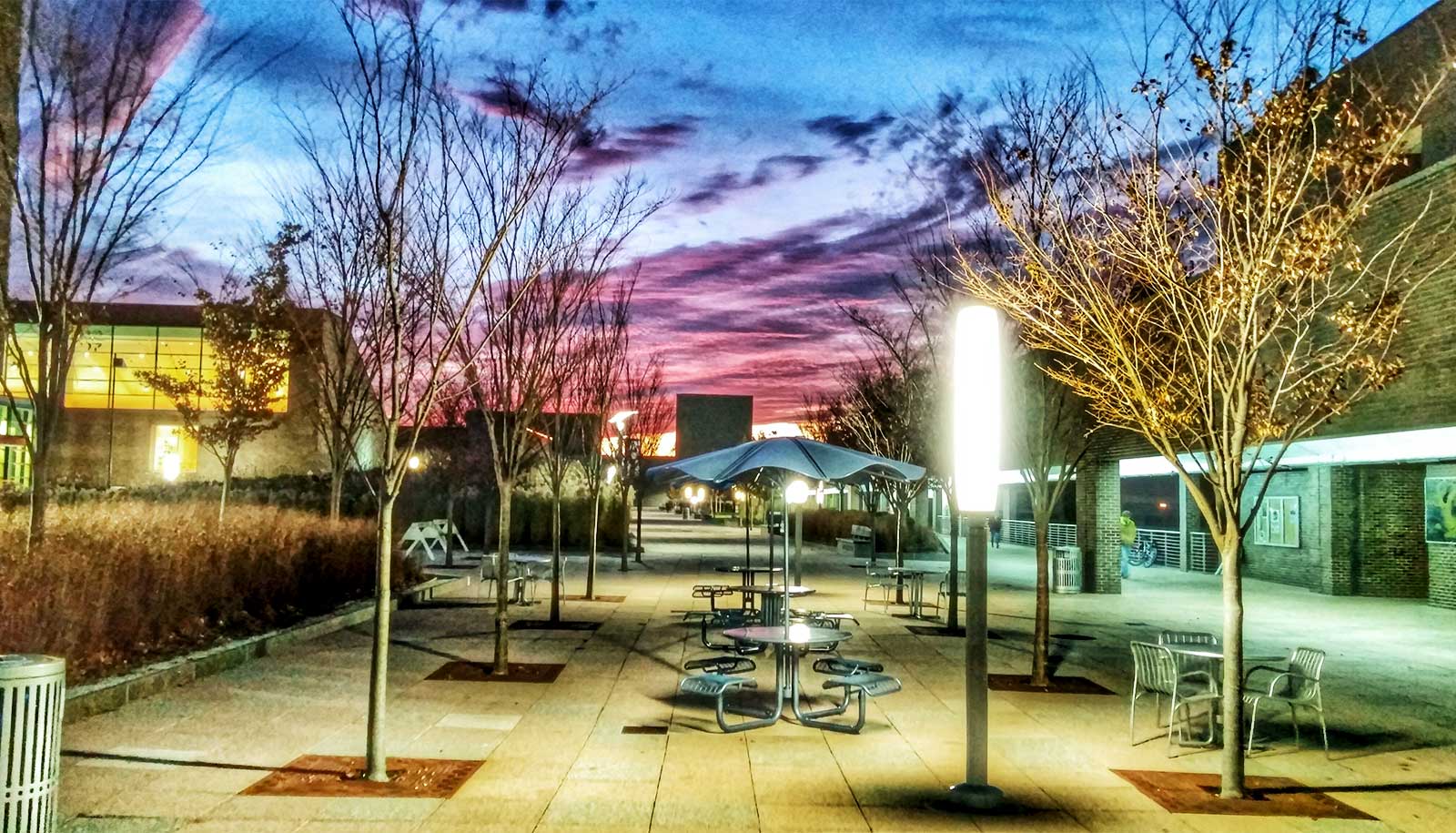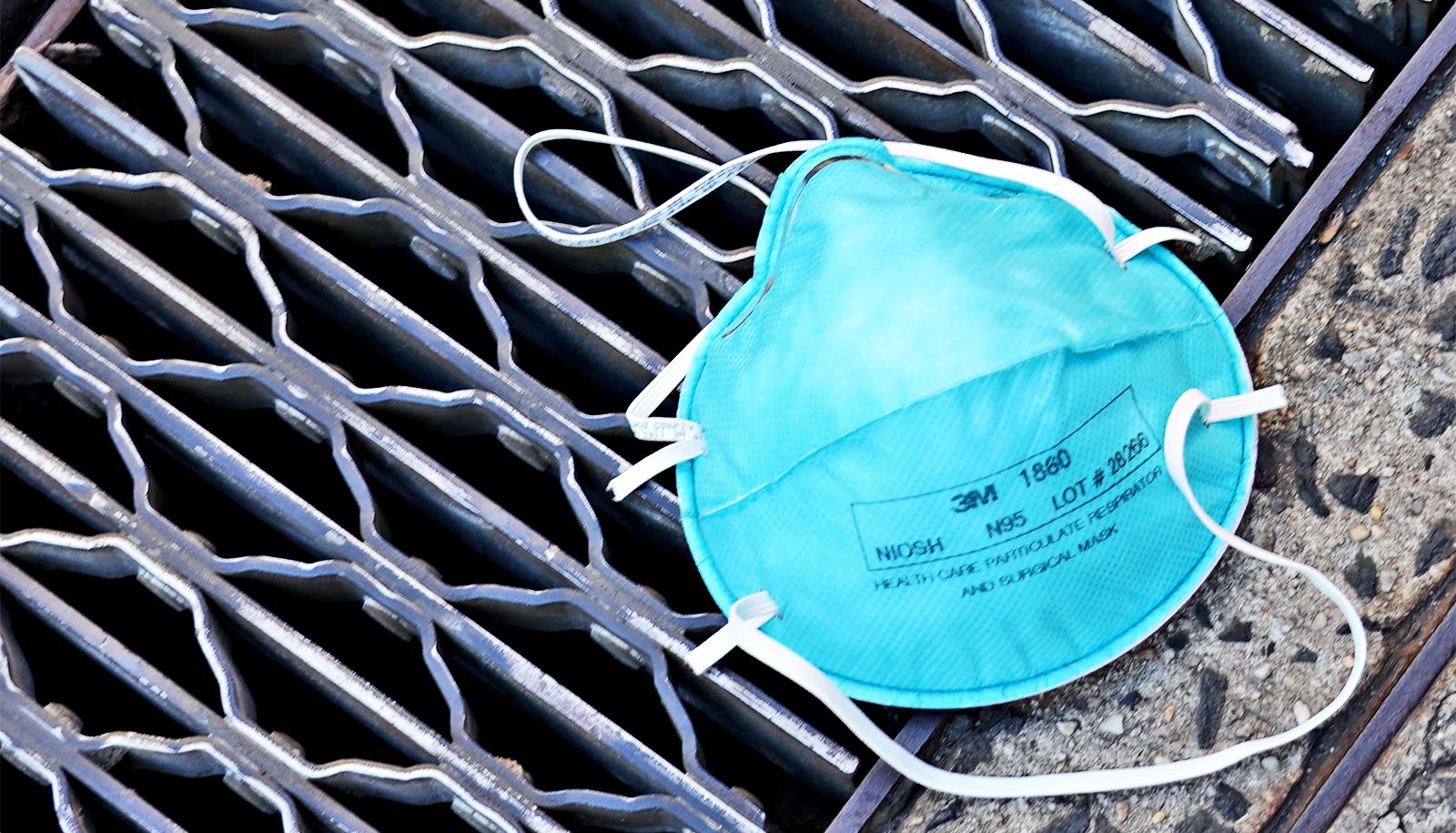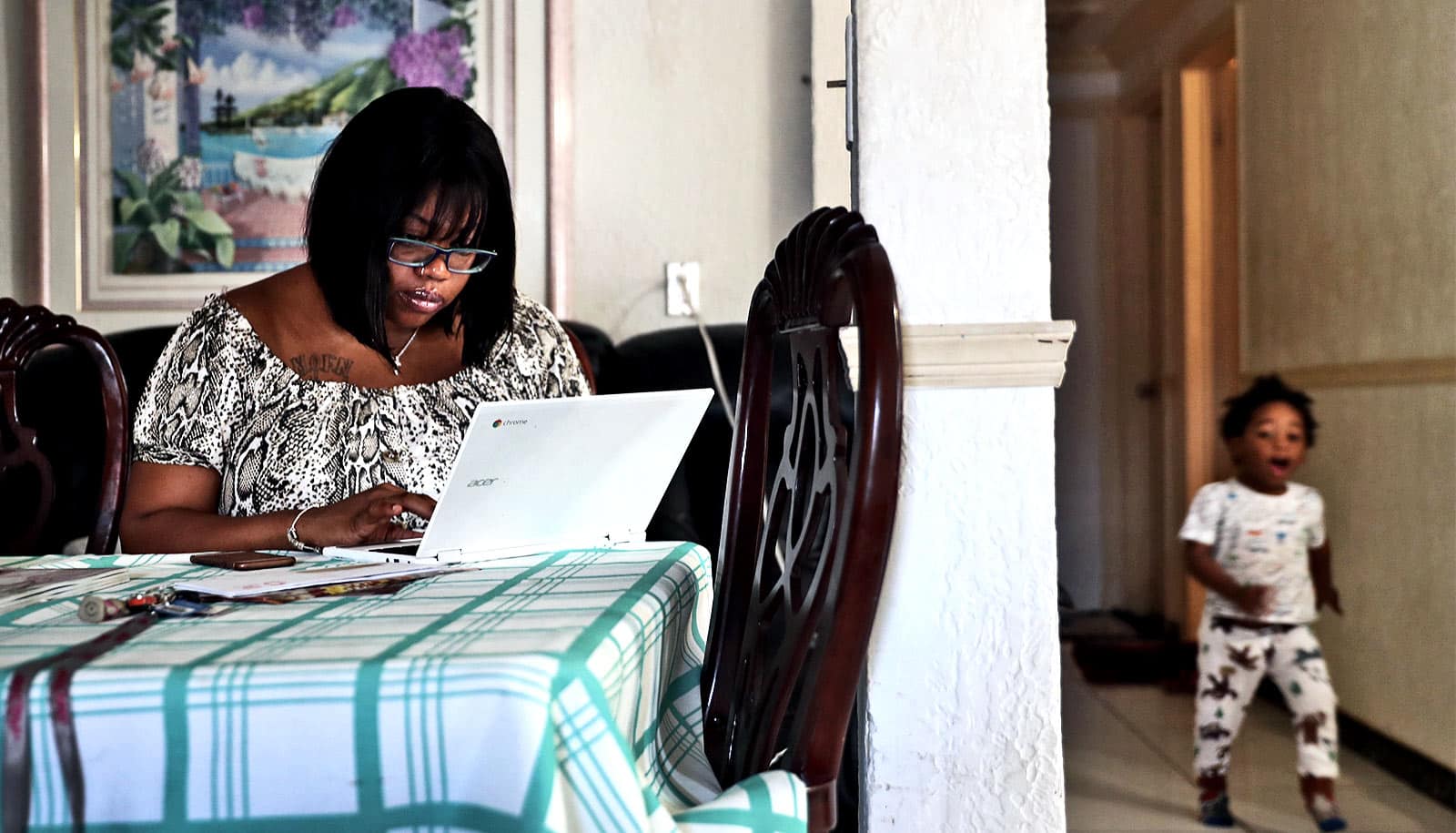A new tool lets college administrators estimate how many people are in campus buildings to make sure people are social distancing to fight COVID-19, researchers report.
The tool, which went live on April 3, lets decision makers identify places on campus where concentrations of people are high. Like an eye in the sky, it allows leaders to make principled choices about what actions to take to reduce the likelihood of person-to-person COVID-19 transmission.
It also can offer information about the effectiveness of policies. For example, when lecture halls effectively shut as a result of the shift to online learning, did students gather at some other location?
“The beauty of this system lies in its ability to accumulate useful information and to share it without further disrupting life on campus,” says Michael Chee, a professor at National University of Singapore who led the initiative.

“By using Wi-Fi signal strength received from thousands of mobile devices across campus, location information can be aggregated and mapped over time to inform about where and when people aggregate,” adds Rajesh Balan, an associate professor from Singapore Management University who provided the key techniques to map devices to locations.
The next step in the Spacer project is to work with the Nanyang Technological University to put up the same system and concurrently plan to upscale the effort to all of Singapore.
For this, a different method of data collection will be necessary. One can think of the wider effort as Google Maps or Waze for planning a trip, but for managing human rather than vehicular traffic. People use Google Maps or Waze every day to avoid crowded roads. Everyone contributes some anonymized personal information to benefit the whole community. The researchers are seeking cooperation of telecom operators to obtain cellular data as in Germany, Italy, and Austria.
Several countries have practiced locking down the whole nation. However, that isn’t sustainable for long periods without significant damage to the economy and to people’s psyches. By having intelligent management of people concentrations and flows, the Spacer project seeks to provide a calibrated solution for limiting the spread of disease.
Statistical modeling shows that a combination of measures is necessary to clamp down the spread of COVID-19. Alex Cook, a statistical epidemiologist, reinforces the point that “there is room for multiple approaches.”
Aviation Virtual and ESRI provided mapping support.
Source: National University of Singapore



